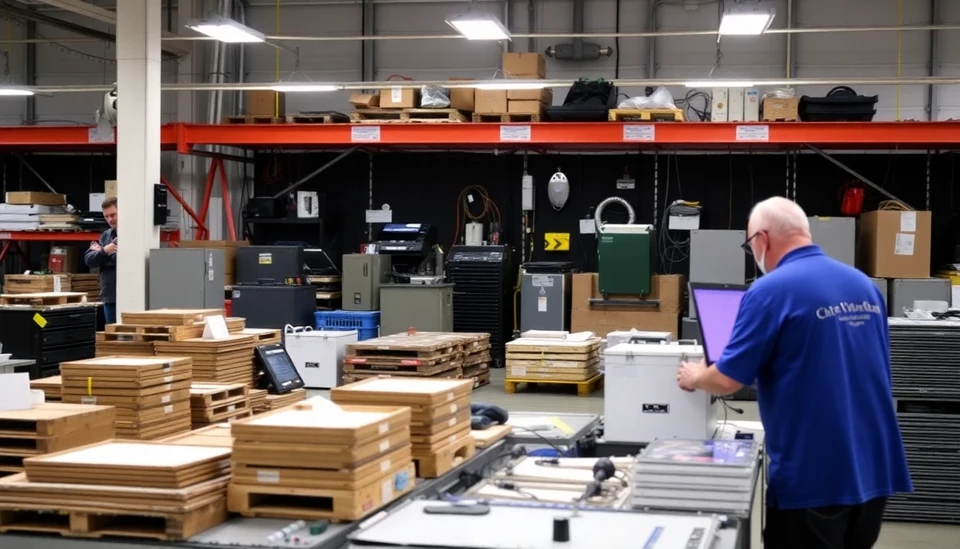
In a significant downturn for the manufacturing sector, US durable goods orders fell by 0.8% in September, marking the second consecutive month of decline. This downturn was largely attributed to a notable decrease in aircraft bookings, a key component of the durable goods category. The latest figures highlight ongoing challenges within the industry as businesses navigate fluctuating demand amidst broader economic uncertainties.
The decline comes after a revised 1.1% drop in August, indicating a consistent trend that analysts have closely monitored. Economists had anticipated a less severe decrease, expecting orders to drop by just 0.5%. The unexpected weakness points toward potential headwinds for overall economic growth as manufacturers adjust their expectations in light of softer orders and demand.
Specifically, orders for transportation equipment took a significant hit, falling by 2.4% in September. This decline was driven primarily by a steep drop in aircraft orders, which were down sharply following a robust surge in previous months. Although non-defense aircraft orders had shown signs of resilience earlier, September's performance starkly contrasts those trends, raising flags for future industrial production figures.
Excluding transportation, durable goods orders decreased by 0.5%, further indicating that the slowdown is not confined to the aviation sector. Key industries, including machinery, fabricated metal products, and electronics, also showcased weakening figures, signaling a broader retrenchment in factory output. The production landscape appears increasingly challenging, pushing manufacturers to reevaluate their strategies, including hiring and investment plans.
Despite the slowdown in durable goods orders, some analysts remain optimistic about the resilience of the broader economy, highlighting that consumer spending continues to demonstrate strength. However, any slowdown in production could ultimately impact employment and wage growth, presenting a complex dilemma for policymakers and businesses alike as they strive for stability in uncertain times.
Looking ahead, experts will closely watch how these trends in durable goods orders evolve, particularly as indications from the Federal Reserve and other economic data emerge in the coming months. The focus will remain on the manufacturing sector's recovery and its capacity to adapt to shifting market dynamics.
As businesses brace themselves for potential economic challenges, the recent drops in durable goods orders serve as a vital reminder of the interconnectedness of various sectors and the importance of monitoring these critical economic indicators.
In summary, the latest data surrounding durable goods orders speaks volumes about the current state of the US economy, shedding light on the struggles facing manufacturers as they contend with a rapidly changing economic landscape. With the manufacturing sector's health tied closely to consumer behavior and broader economic conditions, the coming months will be pivotal in determining the path forward.
#DurableGoods #Manufacturing #EconomicTrends #USEconomy #AircraftBookings
Author: Daniel Foster

